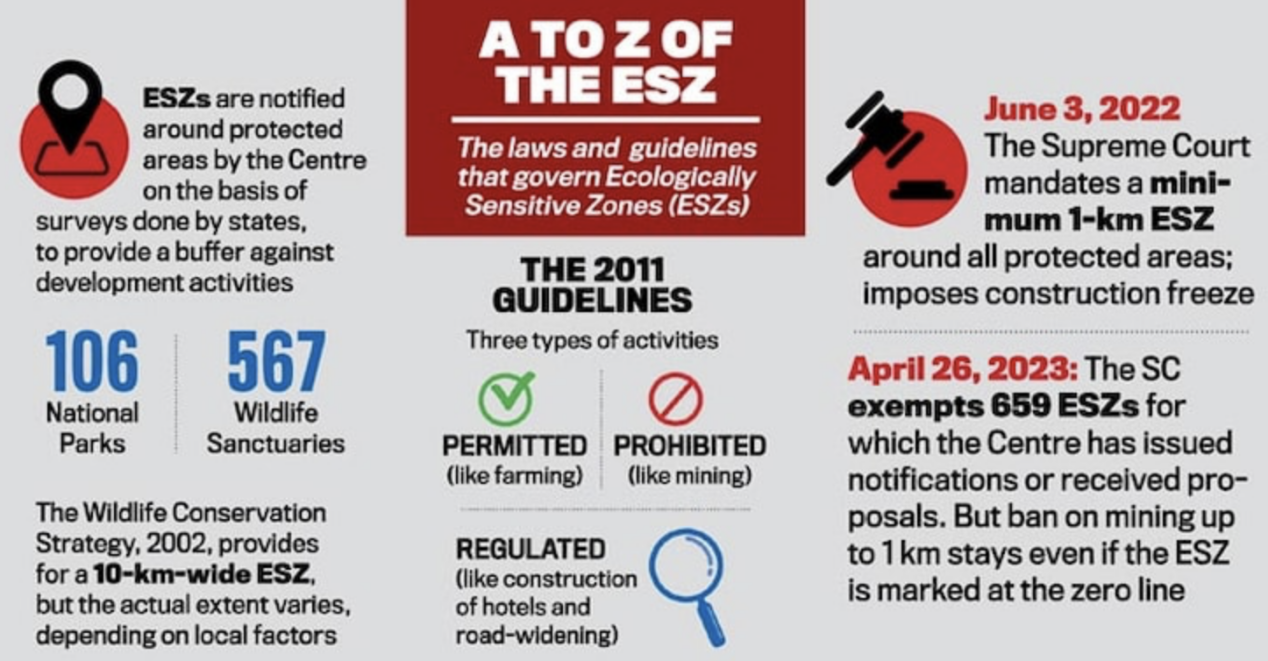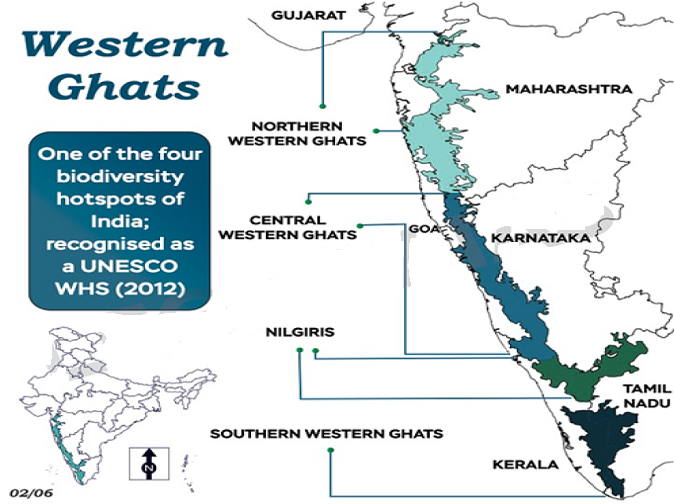7667766266
enquiry@shankarias.in
Karnataka, Maharashtra and Goa seek shrinking of eco-sensitive areas in Western Ghats.

Prohibited activities
Regulated activities
Permitted activities
